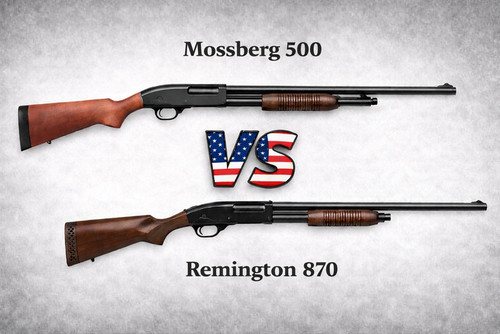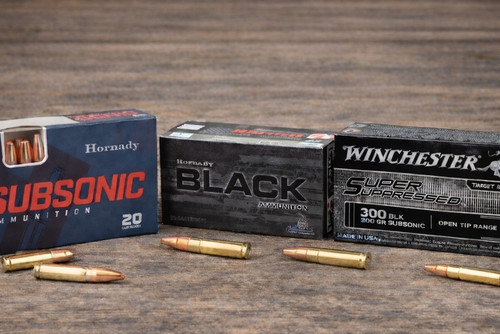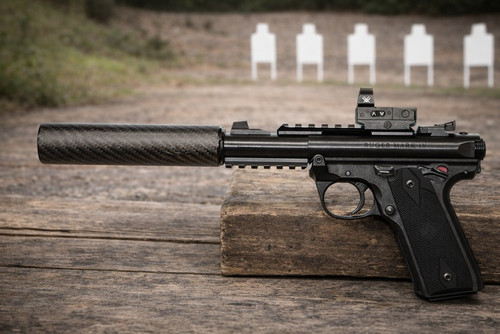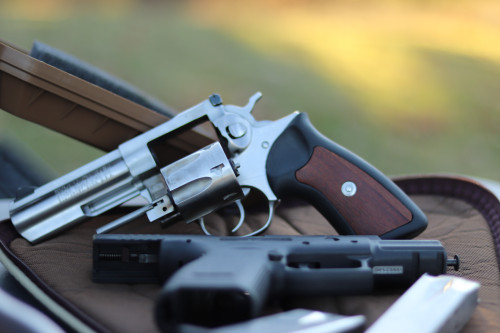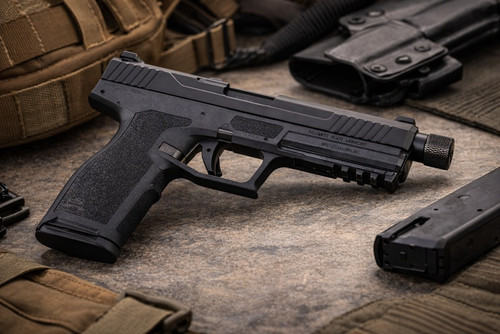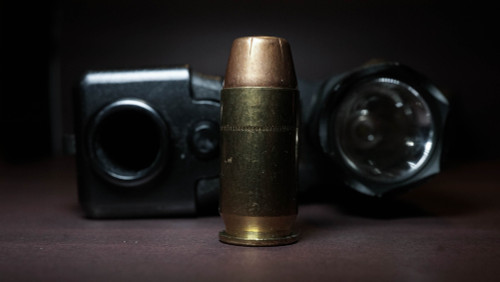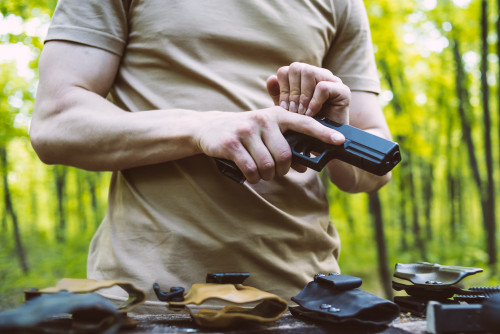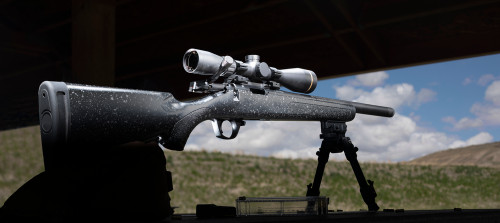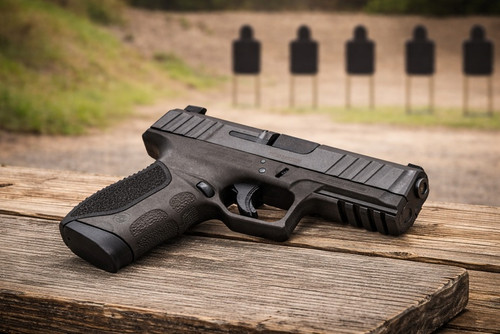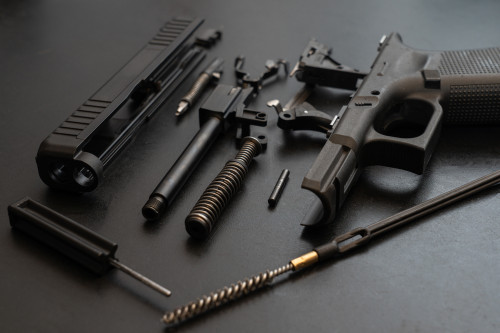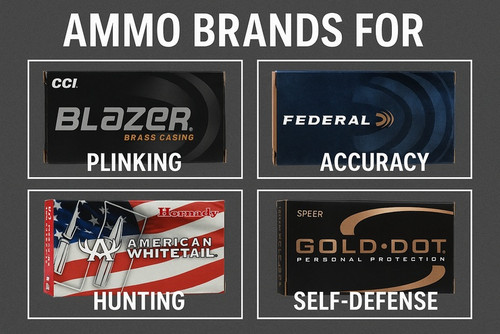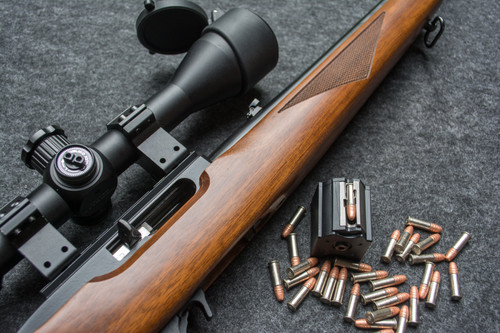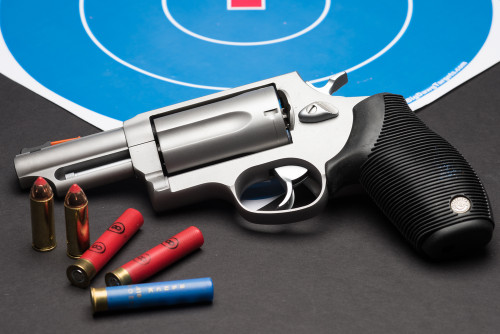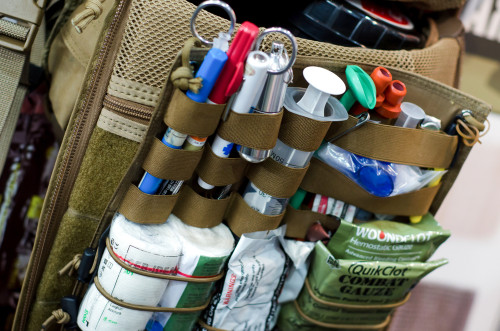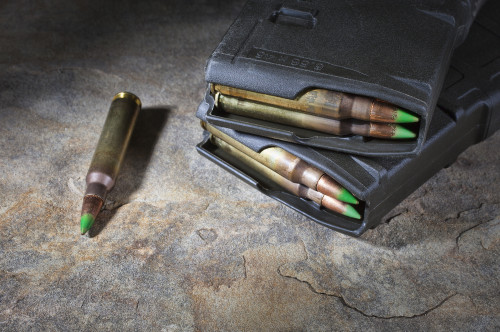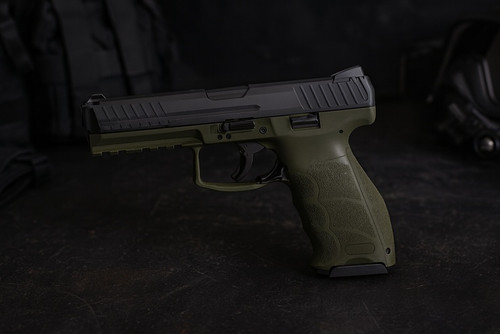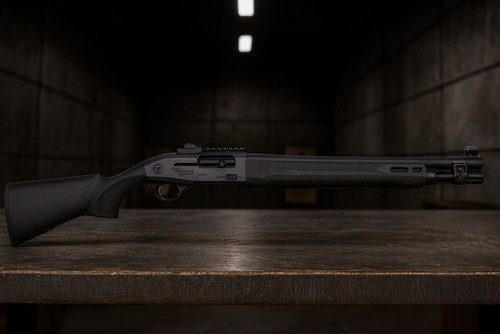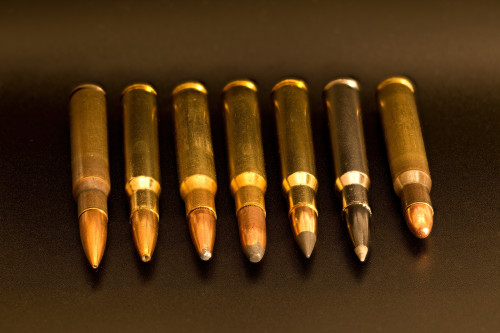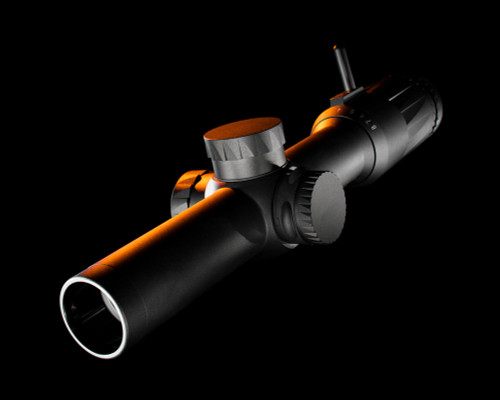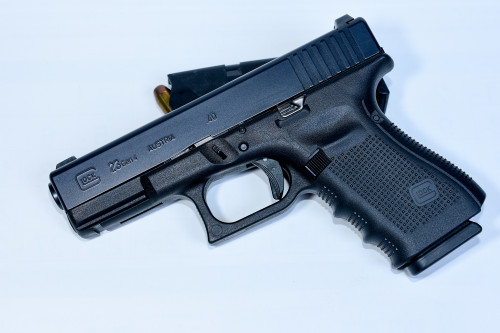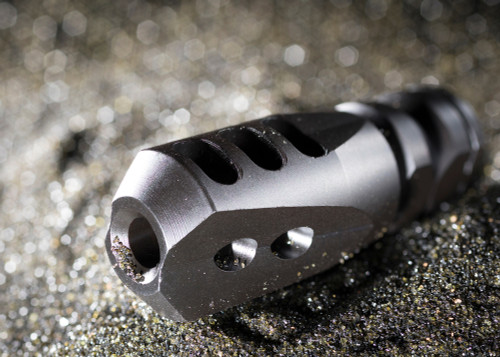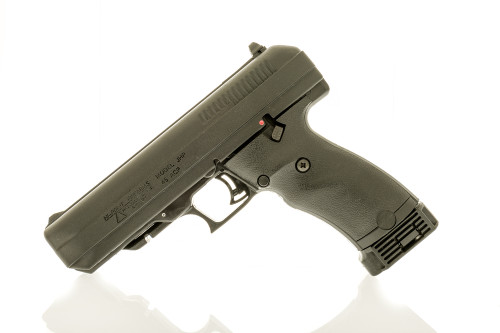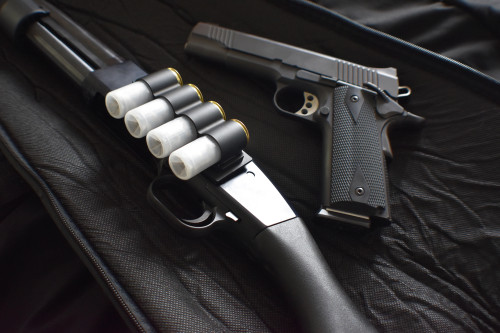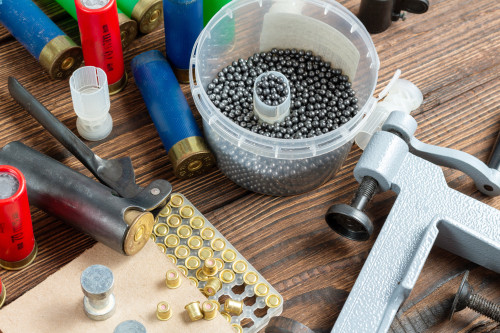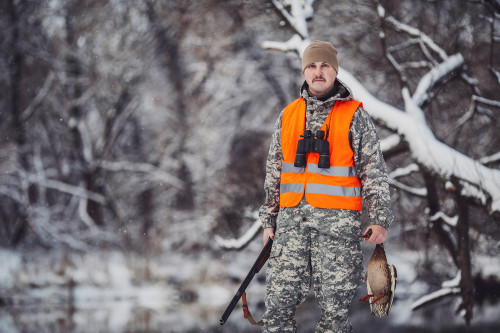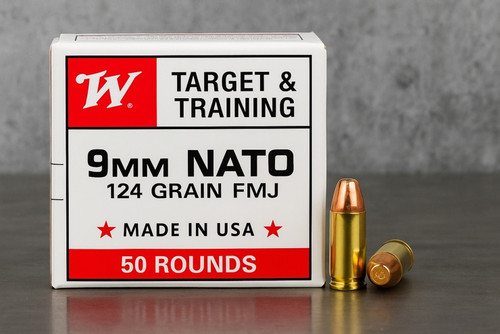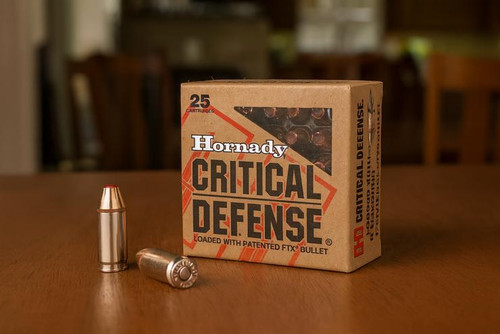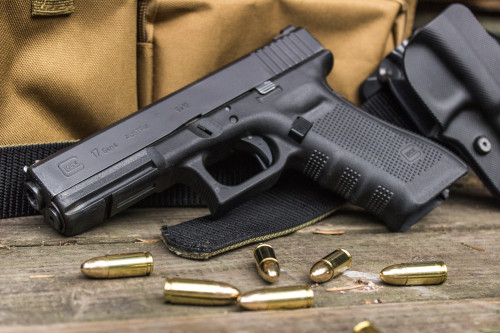Choosing the right gun for concealed carry can be a long, agonizing process. After all, it’s possibly a lifetime purchase that could also save your life in a dangerous situation. But choosing a gun is only half the battle. The next step is choosing a holster, which is arguably more complicated.
While all concealed carry guns are similar, holsters can vary wildly based on materials, construction, design, and carry position. Choosing the right one is about more than comfort, although that’s certainly a key factor. It’s also about finding a carry method and style that works with your body type and your training — so you can draw, fire, and re-holster your gun effectively.
To help you choose the one that’s right for you, this guide breaks down some key concepts about holsters and offers some insight into how each type functions for concealed carry.
Do I Really Need a Holster?
Yes, you do. Despite what movies and TV teach us, you can’t just shove a gun in your waistband or stick it in your pocket. We have a word for people who do this: idiots.
A holster is a piece of equipment that attaches to your body to safely hold and protect your gun when you’re not using it — which is 99.999% of the time. It’s an essential piece of gear for any concealed carrier. The bottom line: there is no safe, effective way to carry a firearm on your body without a holster.
Key Benefits of a Holster
Aside from being safe, a holster provides several benefits for anyone carrying a firearm, including:
- Improved accessibility - If you can’t access the gun rapidly and reliably, it’s useless. Trying to fish a gun out of your pocket in the middle of a gunfight is a recipe for disaster. A good holster ensures you can effectively grip and draw the gun.
- Securely holding the gun - If your gun falls out when you’re walking or running, it’s worse than not having it at all. A good holster keeps your gun in place no matter what you’re doing and ensures it will be there when you need it most.
- Prevents negligent discharge - Carrying a gun in your waistband or pocket leaves the trigger unsecured, which can result in a negligent discharge. Good holsters completely cover the trigger to ensure the gun only fires when you want it to.
- Protects the gun from damage - Guns last a long time, but they’re not immune to damage. A quality holster will protect your gun from unnecessary wear and tear, extending the lifespan of your firearm.
- Protects you from the gun - The last thing you want is a piece of oiled steel pressed against your skin for 18 hours a day. A good holster provides a barrier between you and your gun, which is better for both of you!
- Increases comfort - A good holster can help make the burden and responsibility of being a concealed carrier just a little more comfortable, limiting pain over the long term.
Types of Holsters
The concealed carry accessories market is full of holster types, each with strengths and weaknesses optimized for specific conditions. The following are the most common holster types to consider:
Inside the Waistband (IWB) Holster
The IWB is generally regarded as the optimal concealed carry holster. As the name suggests, the holster clips to your belt and pants and the gun and holster are situated inside your waistband, between your pants and your body.
IWB holsters give you excellent accessibility, retention, and concealability. However, comfort can be an issue depending on your body type, where on your waist you carry the gun, and the size of the gun. Larger bellies and larger guns usually make IWB more uncomfortable.
The most common IWB positions are appendix, hip, or kidney. Appendix carry (AIWB) is the ideal concealed carry holster position if it’s comfortable with your body type. Kidney position is more comfortable but presents some concealment issues as the gun tends to imprint when you bend forward. Hip is probably the most comfortable but the least concealable.
Dara has an impressive collection of Kydex (polymer) IWB holsters. These handcrafted, adjustable holsters are made to fit just about any firearm, with customization options for unique firearms and carry preferences. Whether you’re using AIWB, IWB, hip carry, or carrying at the small of your back, these holsters are good picks.
Shoulder Holster
A shoulder holster positions the gun inside your armpit with the barrel either pointed straight backward, straight down, or somewhere in between. As this holster type requires a cross-body draw, it’s slightly less accessible than a waistband holster, but it’s much more comfortable. This premium leather shoulder holster from Versacarry is fully adjustable, allowing you to customize your fit at multiple points. It even includes extra holsters for extra magazines.
The main benefit of a shoulder holster is that it allows you to conceal a much larger gun than you could carry on your waistband or anywhere else. If you need to conceal a real hand cannon, the shoulder holster is a good solution.
It’s also badass. James Bond, Nathan Drake, Thomas Shelby, and countless other cool characters all sport shoulder holsters from time to time. But remember, we’re talking about concealed carry here. You’ll want to wear it under a hoodie or a suit jacket to keep your firearm hidden from the public eye. At the same time, wearing a jacket does present some drawbacks, should you have to draw your gun in a tense situation. The look of someone opening their jacket and reaching into their armpit almost universally signifies “gun” thanks to heroes like those mentioned above. To counteract this extreme form of telegraphing, you’ll want extra practice with quick drawing and target acquisition to use this carry style.
Ankle Holster
We’re creeping a bit more into movie territory here. The ankle holster functions best as an easily concealable backup solution. In reality, a gun on your ankle is highly inaccessible in most situations and can be uncomfortable due to the weight discrepancy between each leg.
Also, remember that self-defense situations often require a surreptitious draw while the bad guy is occupied. Kneeling to access an ankle holster is another dead giveaway, and takes much longer than accessing a gun on your waistband. Fractions of seconds matter in a gunfight.
Plus, carrying an ankle holster (or any backup gun) requires twice the amount of training (with each gun). You never want to carry and rely on a firearm you haven’t trained with. So if you’re going to carry it, you need to fire just as many rounds through one as you do the other. However, you’re probably better off just improving your skills with your primary weapon instead of doubling up.
All that said, if you seriously require a backup gun, an ankle holster is a good choice. Designed to fit most small- to medium-sized handguns, this ankle holster from Crossbreed is made with extra padding for more comfort and a velcro thumb-break for quick releasing in tense situations.
Belly Band Holster
The belly band holster wraps around your torso and positions the gun across your stomach. This is an effective solution if you can’t (or don’t want to) wear a belt, which is required for any waistband carry. Of course, you lose some accessibility, but it might be acceptable if you don’t have any other options.
If the belly band is worn lower on the torso, it provides similar concealment properties as the IWB at the appendix position. The higher you wear the band, the more likely it will imprint on your shirt, though the concealment properties of the belly band holster are highly dependent on the shape of your torso.
Made for an extremely tight, sturdy fit, Crossbreed’s anti-slip belly band holster is great for joggers or anyone carrying during intense physical activity.
Pocket Holster
Who said you can’t stuff a gun in your pocket? (We did — but pocket holsters are the exception).
There are several pocket holster varieties on the market, and they generally clip inside the front pants pocket. These pocket holsters from Galco are a great option.
While this holster will certainly hold a gun, it also has its limitations. First, it only works for the smallest guns (Beretta Nano, Kel-Tec P11, Sig P938, etc.). It also provides limited accessibility when trying to draw. Use a pocket holster only as a backup or a last resort.
Outside the Waistband (OWB) Holster
This is similar to IWB, but the holster is now attached outside your belt and waistband. This type of holster is more comfortable and accessible than many other types, but for effective concealment, you usually need additional covering garments like a jacket or a long shirt. Depending on your situation and body type, the additional comfort might be worth the tradeoff. This simple, inexpensive, and versatile OWB holster from Armored Republic can attach to a belt or body armor with ease.
OWB holsters are usually reserved for police officers, security personnel, and other professionals open-carrying in an official capacity. If you’re not one of these people, there’s no reason to open carry. Either choose a different holster style or make sure it’s covered adequately.
Choosing the Best Concealed Carry Holster
When shopping for concealed carry holsters, choose carefully. If it isn’t comfortable or effective for regular use, you won’t carry it — which defeats the purpose of having a concealed carry gun altogether. Here are a few aspects to consider:
Carry Position
Determining your ideal carry position is the first step in figuring out which holster is right for you. Remember, holsters are not interchangeable or “one-size-fits-all” solutions. You can’t just rig an IWB into a shoulder holster and expect optimal performance. You must choose a holster specifically designed for your intended carry position.
Take some time to figure out exactly which carry position and holster type is best for you. This could require some trial and error, and that’s ok. You’ll be carrying the gun all day, every day, so test your options and choose carefully.
Design
Next, determine which holster design suits you best. Holsters can be simple leather straps that hold the gun with friction or advanced molded plastic with active locking mechanisms. Analyze the range of options and see what works for you.
However, there are some key design standards that all good holsters need to meet. The holster needs to:
- Hold the gun securely during a wide range of activities and environmental conditions to ensure your gun doesn’t fall out when you run or jump.
- Allow for a rapid and secure combat grip so you’re not left fumbling around with a suboptimal grip when you need to make the shot of your life.
- Completely protect the trigger to prevent negligent discharges that could turn a bad situation worse. There is no excuse for negligence.
- Match the holster to your gun to ensure optimal fit. While some holsters allow for flexibility between models, the better holsters are usually designed for a specific gun.
Materials
Inferior materials and workmanship will ensure your holster fails at the worst possible time. While spending more doesn't necessarily mean you’re getting a better product, it’s important to buy the one that most suits your needs — regardless of price.
Common holster materials include:
- Kydex - A high-strength, lightweight polymer. Kydex holsters are usually formed to the shape of specific guns and can last for decades. However, drawing from a Kydex holster can be noisy and the hard plastic can wear down the edges of your gun.
- Leather - It’s durable, but much quieter and more flexible than Kydex. Leather holsters will conform to your body and gun over time. However, leather tends to be expensive and can quickly degrade due to sweat, friction, or general wear and tear.
- Nylon - the cheapest (and worst) option. Nylon holsters tend to be less secure as they are not molded to fit a specific gun. Avoid nylon if possible.
- Hybrid holsters might include one material for the backing that rests on your skin and another material that actually holds the gun. A common example would be leather backing with a Kydex holder.
Accessories
It’s also important to consider which accessories you have attached to your gun, as the holster must be able to accommodate them. Accessories such as flashlights, lasers, and advanced optics take up space and need to be accounted for in the holster design.
Warranty
Warranty is really just an indicator of how much a brand believes in their own product. If a holster has anything less than a lifetime warranty, it might not be the best pick. Get the best holster you can, backed by the strongest warranty.
Which Concealed Carry Holster Is Best?
The best holster for concealed carry will depend on a variety of factors including your body type, your gun, your environment, and the situations you’re likely to find yourself in.
If you already own a gun, this will dictate which holsters are suitable. A compact Glock can easily fit in your waistband or possibly your pocket, but your Desert Eagle is going to require a shoulder holster (and possibly a back brace).
If you’re still deciding on a gun, we recommend getting one that will work with an IWB holster if possible. This position provides the best balance of accessibility, retention, concealment, and comfort. If IWB doesn’t work, consider a shoulder holster or OWB and just accept the fact that you’re going to have to wear a jacket everywhere you go.
What’s far more important is that you are trained and experienced with the holster of your choice. Your effectiveness as a concealed carrier goes beyond putting rounds on target. You must be able to draw and reholster the gun safely and effectively — every time.
Your abilities will directly grow from your training and familiarity with your gun and holster system. No other factor is more important. So, the best holster is always going to be the one you are most proficient with.
Improve Your Concealed Carry Setup Today
Remember, holsters are essential to optimize your effectiveness as a concealed carrier. Creating some DIY solution will guarantee failure at the worst moment. Take your time when choosing a holster. Do your research on the manufacturer and distributor to find the most reliable product for your needs at a price you can afford (and still buy ammo to feed your gun).
As always, practice relentlessly so you’re prepared should you ever find yourself in a fight for your life. Regardless of whatever solutions holster manufacturers are promising, nothing trumps training and experience. Practice drawing. Practice shooting. Practice holstering. The more you practice with the holster of your choice, the more it will become the best pick for you.
If you’re gearing up for self-defense or just starting to carry concealed, you need good equipment at a price you can afford. Check out Pro Armory’s selection of firearm accessories and tactical gear to suit your needs. We also offer online training to help you become more proficient with your firearm. Sign up for our newsletter to receive email updates when training officially launches.





